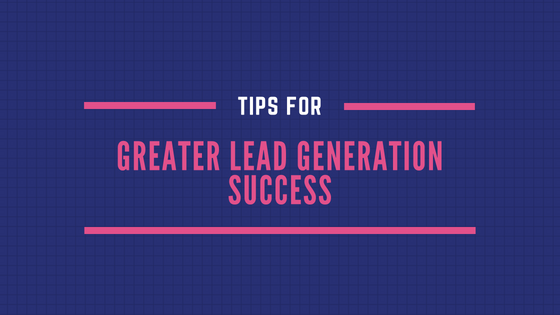The home page is not your customer’s best friend. While it might provide a glossy overview of a company and directional links to learn more for them, the home page can be tricky to navigate and flood a potential customer with too much information at once, generating a high bounce rate. And losing a customer before they’ve seen your capabilities is the last thing any company wants.
Cutting through the verbiage on a home page challenges any potential customer looking to make one swift purchase or find information as quickly as possible. When it comes to generating quality leads, and even incremental sales, one tried-and-true method reigns supreme: a dedicated landing page.
A landing page is designed to do one unique conversion task. Whether it’s to entice a customer to join a mailing list, purchase an item, or download more information about a service, landing pages function with a clear call-to-action (CTA) that generates reliable leads.
But knowing how to design your landing page’s content will create a user experience that will generate even better quality leads. Here’s three ways to do just that:
1. Messaging Alignment is a Must
One of the fastest ways to lose a lead is when the marketing message and the destination page content do not align. People click because they are genuinely curious about your company or product, or because they are ready to become an active customer. If the destination page’s messaging is not in tune with the lead’s expectations, then your visitor’s expectations of a payoff from a click immediately decrease, and it becomes less likely the visitor will become the qualified lead marketers are looking for. Make sure your messaging is positioned within a reasonable customer’s expectations – otherwise, the company risks a very measurable bounce rate.
2. Don’t Multitask
Each element on a page vies for visitor attention. Landing pages should not be designed like a home page; there should only be one focus rather than a visual cacophony of links, messages, social buttons, and call to action as found on a typical home page. With just one thing for the visitor to focus on, the landing page provides a clearer value proposition, creating higher interaction with a given CTA.
3. Measure, then Optimize
It’s not a secret that lead generators want valid leads. But if their digital marketing efforts aren’t providing those, most marketers would want to tailor their strategy – be it through copy, images, CTA change, etc. – to fit the needs of visitors better. On landing pages, each page element can be measured and then optimized if necessary for maximum fulfillment. With a landing page in tow, marketers can easily understand how visitors are interacting with your content in a short amount of time. Which CTA performs better? What content drives the highest engagement rates? How long are people staying on your landing page? Are they accessing your page from a desktop or mobile device? With visible and hidden elements at your service, meaningful data can be measured to optimize your strategy and generate solid leads.
Digital marketing efforts delivering a visitor straight to your home page lead you nowhere. Our expertise can help you save time and money by creating a fully measurable, dedicated landing page as part of your overarching digital marketing strategy.

